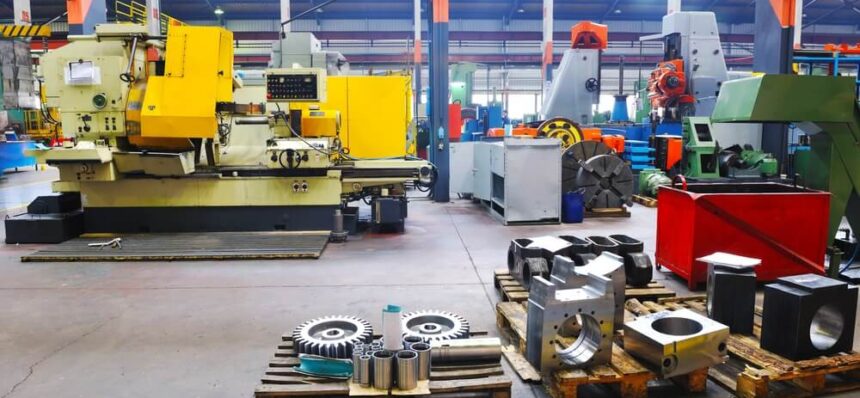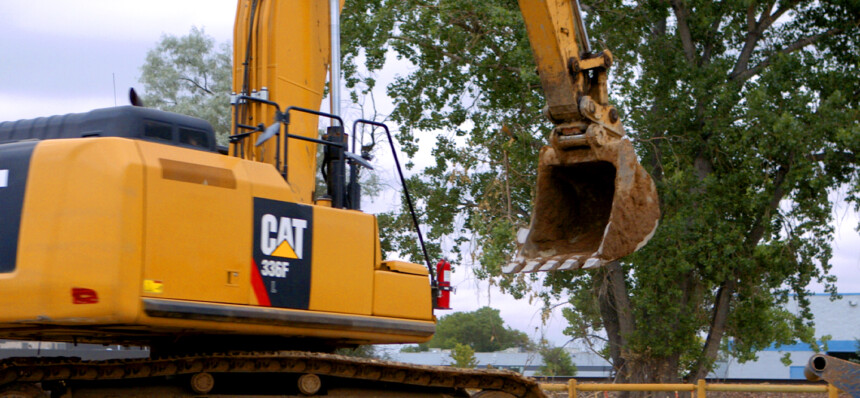Importance of Efficient Risk Assessment Under The NVNL Chain of Responsibility
Compliance with any form of heavy vehicle operations safety protocols requires serious access to effective and efficient risk assessment tools, programs and declared processes. Success relies on planned, organized and implemented risk assessment procedures, processes that:
- Identify, define and detail the minimum expectations for assured Chain of Responsibility as systematically applied to precise points of transport operations
- Clearly detailed key responsibilities pertaining to all parties within the relevant supply chain
- AND Documented guidance to all associated staff with regards to risk management and risk prevention during heavy vehicle operations.
This content addresses the core principles of how your firm can take charge of the Risk Assessment components of the NVNL Chain of Responsibility. Rather than seeking to provide a comprehensive risk assessment process, this article provides sensible guidelines toward a reasonably practical path to effective risk assessment. Think in terms of:
- Could it happen?
- If it did happen, what is the degree of damage?
- Did someone who knew better ignore the possibilities?
- Can the risk factor be reduced, eliminated or controlled?
- What is the modification cost proportional to harm of the risk factor?
Risk Assessment, Know The Key CoR Heavy Vehicle Operations Risk Factors
Although heavy vehicle operations CoR factors may involve multiple functional-specific risk factors, several of the primary processes are already identified and defined. Therein lies the first stage of risk assessment: Know the key risks that fall within your firm’s position of responsibility, including any component associated with:
- Dimensions
- Fatigue
- Load restraint
- Mass
- Speeding
- AND Vehicle standards, including all aspects of vehicle maintenance.
Risk Assessment, Identify Responsible Parties
The term Responsible Parties refers to all participants within a given supply chain. As such, the CoR obligations of your firm apply without regard to the titles, positions, functions, locations or responsibilities of the involved parties. Such obligations are derived based upon activities as detailed in section 5 of the HVNL. For aid in determining your obligations within this framework, check out the NHVR Gov Australia “Chain of Responsibility check list.” However, for those currently seeking a basic understanding rather than detailed documentation, we provide the following core list of typically involved Chain of Responsibility roles:
- Prime Contractor
- Employer
- Operator
- Consignor
- Loader / Unloader
- Loading manager
- Packer
- Scheduler
- And Such.
Take note: Within the CoR, all parties are required to make certain and confirm that their associated activities do not exceed reasonable safety behavior. Click here to learn how the Assign Construction Operations management software can help you “Manage Lost Time Injuries And Reduce The Frequency Rate”
Risk Assessment: Plan and Track the Activities
Identify and review activities, those involved in completed works as well as those involved in movement of goods. Successful risk assessment involves routine analysis of new and existing documentation, confirmation, execution and accumulated feedback. Start by:
- Reviewing current work procedures to confirm adherence to acceptable HVNL and Chain of Responsibility practices. Modify as necessary to ensure heavy vehicle compliance with CoR requirements
- Examine current transport routing. Modify as necessary to comply with currently approved highway safety policies and roadways
- Identify in-chain arrangements and compare with related risk assessment factors. Modify risk controls accordingly
- Confirm that your firm maintains up-to-date documentation and vehicle maintenance records. Modify processes as points of failure may indicate
- Track processes to confirm operational compliance with HVNL. Make changes where necessary.
- Establish reliable and acceptable Safe Work Method Statements (SWMS) and use them to confirm that established risk assessment procedures are reliable and acceptable.
Learn more about Assignar Risk and Safety Management Software.




